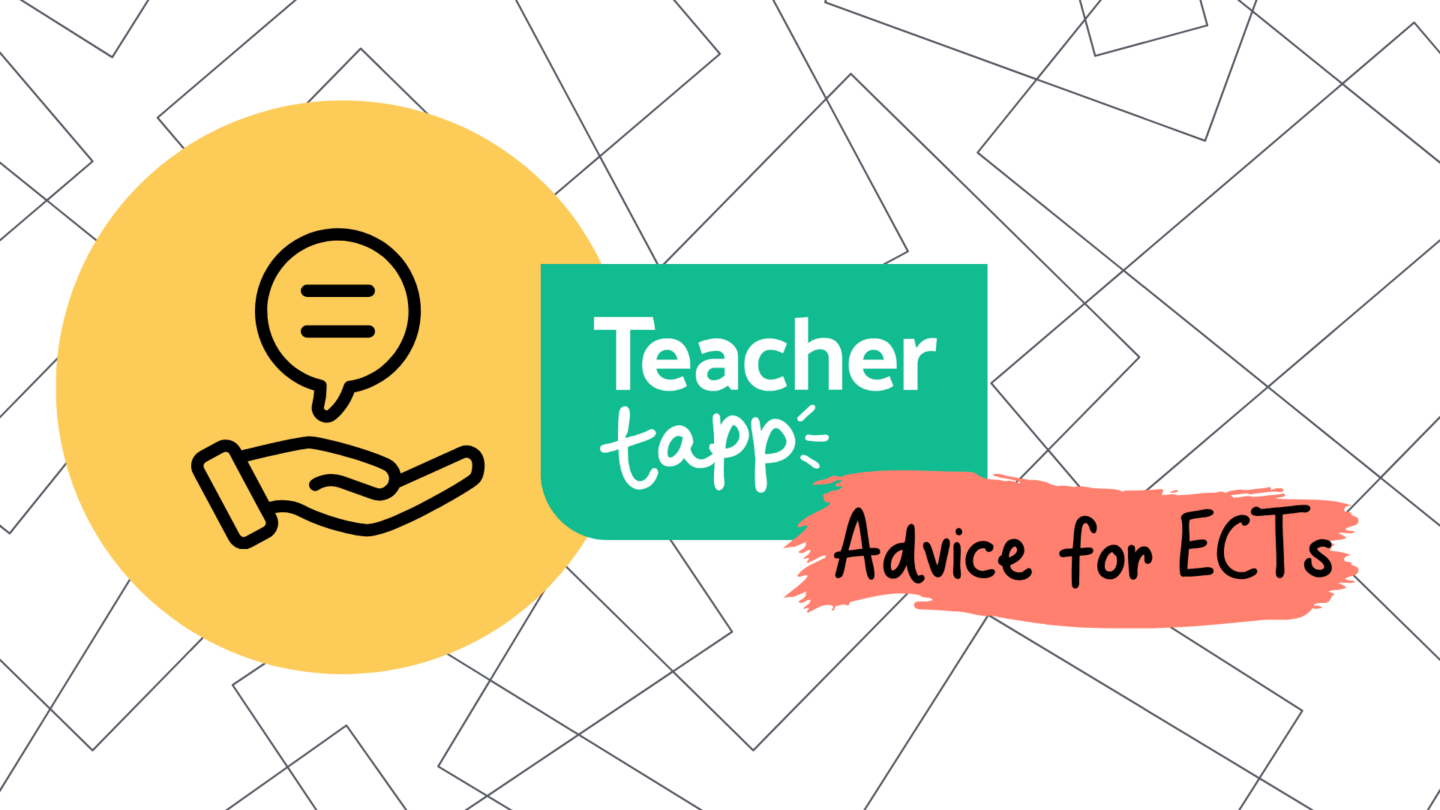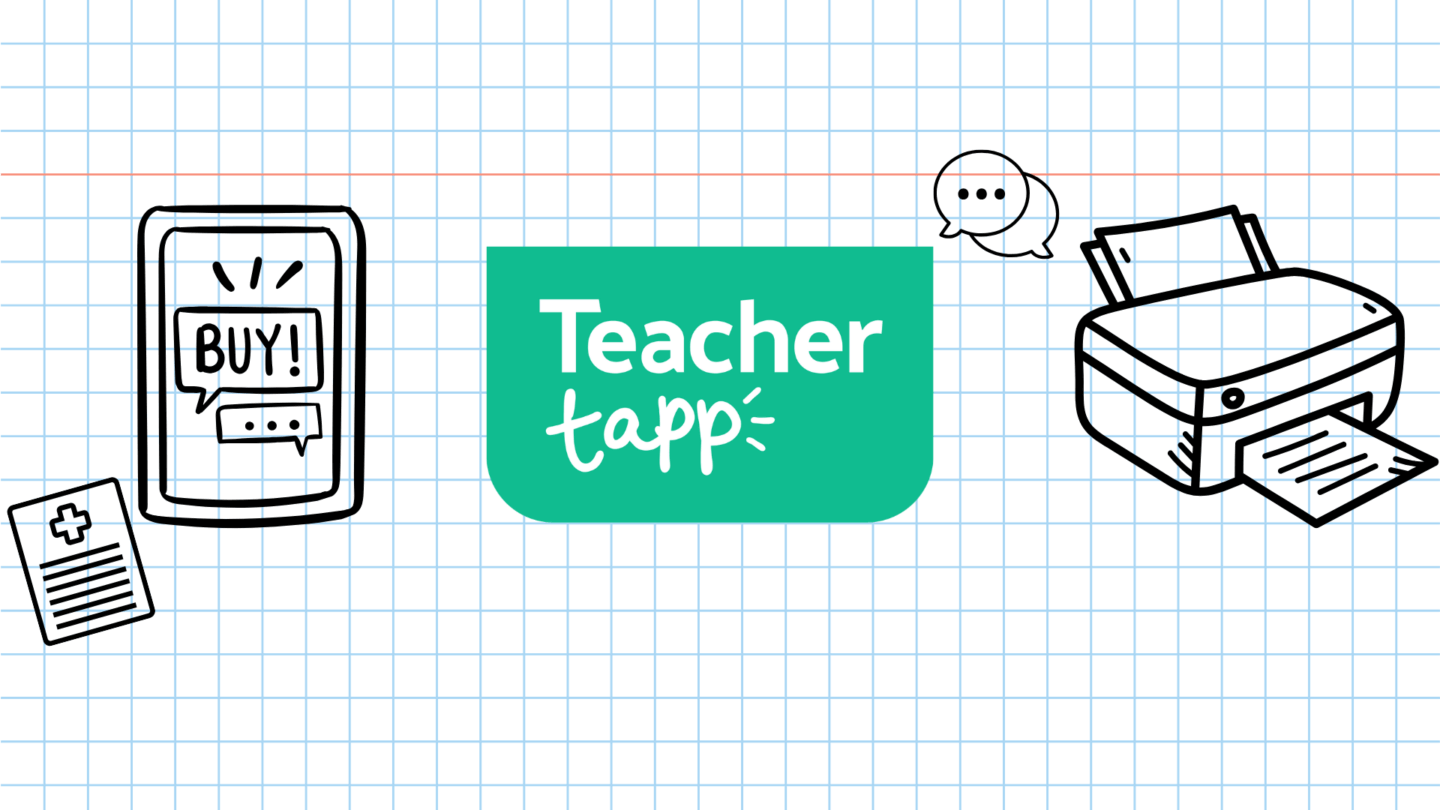Back to school today?!
Don’t worry, we’ve all the juicy findings from Teacher Tapp over the last fortnight to keep you going. Let’s start!
1.Eldest Children Are Most Likely To Become Teachers
First born children are more likely to be world leaders, astronauts, serial killers and James Bond.
Are they also more likely to be teachers?

On first glance it seems clear that eldest children are also most likely to become teachers.
However, we need to blend some other categories for an accurate comparison.
Taking out ‘only children’, we can think of anyone with a sibling as either the ‘eldest’ or ‘not eldest’.
Eldest children make up 52% of teachers, whereas the ‘not eldest’ group are only 40%, even though this latter group should be bigger (because there is only ever 1 eldest, whereas there can be multiple ‘not eldest’ in any family).
Hence, big bros and sisters dominate in teaching. Solved.
We also asked how many siblings teachers have overall. The number is shown on the left side of the graph below. And the coloured bars show if the teacher answering is themselves an eldest (green), middle (orange), or youngest (red).

Teachers with only one sibling are more than twice as likely to be the elder child. Just 30% of teachers with one sibling are the youngest. (If by chance we’d expect the results to be nearer to 50:50).
Youngest children are also under-represented among teachers with 2, 3 or 4 siblings. It shoots back up for 5 or more, but the number of people in this group is v small so it could be that we didn’t get a big enough sample, or it could be that being the youngest of at least 6 makes you want to spend every day with swathes of children!
Does your school allow children to bring their own footballs to school? Co-founder Laura recently visited a secondary school that has banned it and replaced with balls given by the school. In doing so they’ve found three benefits. One, kids can’t kick/bounce footballs in corridors (as all balls go back to a central holding pen). Two, kids can’t control who plays with the ball as it’s genuinely communal. Three, older years can’t steal the ball of younger years as they are colour co-ordinated.
But how common is this?
At first glance it looks like a substantial 43% of schools ban children from bringing in their own footballs.
But look what happens when it’s broken down by phase:

Primary schools ban own footballs whereas hardly any secondary schools do. This is worth mulling over. Does anyone in your school ever talk to Year 7 pupils about the etiquette of bringing and sharing footballs? Because if they don’t, you can see why it’s a problem given that most won’t have practised such things in the past.
A tiny finding, but a very useful one.
3. Revision: How long is too long?
Over the Easter holidays teachers took to social media to discuss how long GCSE students ought to revise during the break. Some thought minimal amounts were best, if done consistently. Others felt a glut of revision time made a difference.
Overall, 3-4 hours a day seemed the most popular.

However, some Teacher Tappers were surprised the averages were so high.
One reason for the surprise was that primary teachers were around as likely to think 1 or 2 hours was acceptable, as thought 3 to 4 was required.
Among secondary teachers, 1 in 4 felt students should be revising for at least 5 hours a day.

In the past we’ve found that mechanisms which aggressively push students in the year – through lots of interventions, or target grades – tend to occur most in schools with lower Ofsted grades.
But for revision, we found expectations on revision rose according to the Ofsted grade of a school.
Over 40% of teachers in outstanding secondary schools thought pupils should revise for at least 5 hours a day, compared to just 17% of teachers in the lower Ofsted grades.*
(*NB: We put the unsatisfactory and requires improvement together because the numbers of these groups are small and are too skewed to put separately.)

Very few teachers in outstanding secondary schools felt pupils should revise for less than 3 hours per day.
This is an interesting twist on prior discussions about revision. John Tomsett, at Huntington School, has spoken about the problems of relying on extra revision classes. Increasingly schools are moving to more retrieval and memory practice over the academic year. And it’s often thought that schools with poor results are the ones who cram most.
Yet it could be that revision expectations are one (among many things) that give Outstanding schools an extra uplift.
4. Which teachers start on the highest pay?
Teacher starting salaries are lower than in many other graduate jobs. So low, that the STRB – which advises on teacher pay – has raised it as a concern for several years.
One way the profession inflates early-career salaries is beginning teachers on a higher part of the pay scale, or giving an additional payment for extra responsibilities. But how common is this?
Around 80% of teachers who started in the job in the past 10 years started at the bottom of the scale – the other 20% started 1-2 points.
Teachers who started more than 10 years ago were a bit more likely to start on a higher scale. 70% still started at the bottom, but 30% started elsewhere (though still mostly only one or two points upwards).
But look at the profile of teachers who only started last September…

New teachers appear more heavily divided in their pay. More than ever before are starting at the very bottom (84%) but more are also starting 3 points up, or getting an immediate responsibility.
The numbers in this group are small, so this might be a product of a quirk in our results, so we are treating this cautiously. However, it may also be a product of two conflicting problems for schools: tightened budgets, and a teacher shortage.
When cash and teachers are short it makes sense to squeeze savings from the positions that are easiest to fill and push it into the jobs which aren’t. We need to do further digging but it wouldn’t be surprising if we were to find the new teachers leaping up the pay scales are in shortage subjects.
5. Art teaching is nothing like primary teaching
When we talk about teachers it can seem as if everyone is doing the same job. Actually, they aren’t.
Look at the difference in the number of individual students taught in any one week by a primary school than a creative or practical arts teachers.

Primary teachers mostly teach between 20 and 35 children a week.
Art teachers commonly teach over 200 children a week.
The jobs may look and sound similar, but they involve very different things.
Teaching a large range of children often means teachers have the opportunity to repeat and hone their lesson materials, but it can also make behaviour follow-up much trickier.
Primary, English and maths teachers tend to teach fewer repeat classes (if any) and therefore can end up with higher planning loads but may be better able to deal with tricky behaviour.
Science and language teachers get stuck in the middle. We’ve written before about their marking problems, as they are often expected to mark at the same pace as English and maths teachers, but are sometimes working with far more children.
**
6. Finally, as ever, we learned that you really love our daily tips, so here are the links for last week:
Who did you learn from? Mother or friends? (Kids value expertise)
How I minimised marking and reclaimed my weekend
Why don’t women like science? (Or do they?)
How to make big gains in learning by doing less
Confessions of a curriculum leader
The Hidden Lives of Learners Overview
*
Right folks – over and out for another week…
In the meantime, please keep sharing what we are doing. Remember, we need more of you before we can do the really exciting and detailed analysis!
Here’s the powerpoint slide (with script), a PDF, and a black-and-white one-pager to help out with that.
**
Enjoyed this post and want to join our Teacher Tapp panel?
Sign up via the iPhone App Store or the Android App Store.
You can also check out more at www.teachertapp.com






